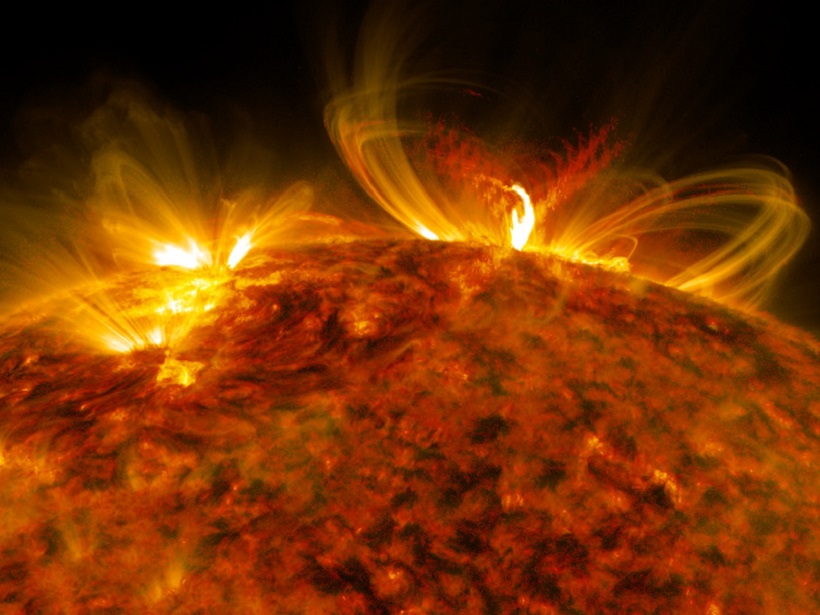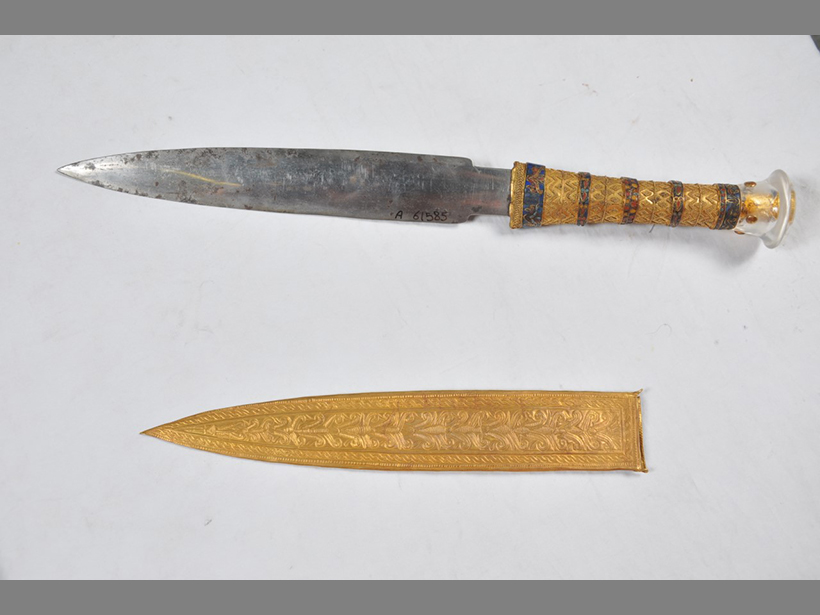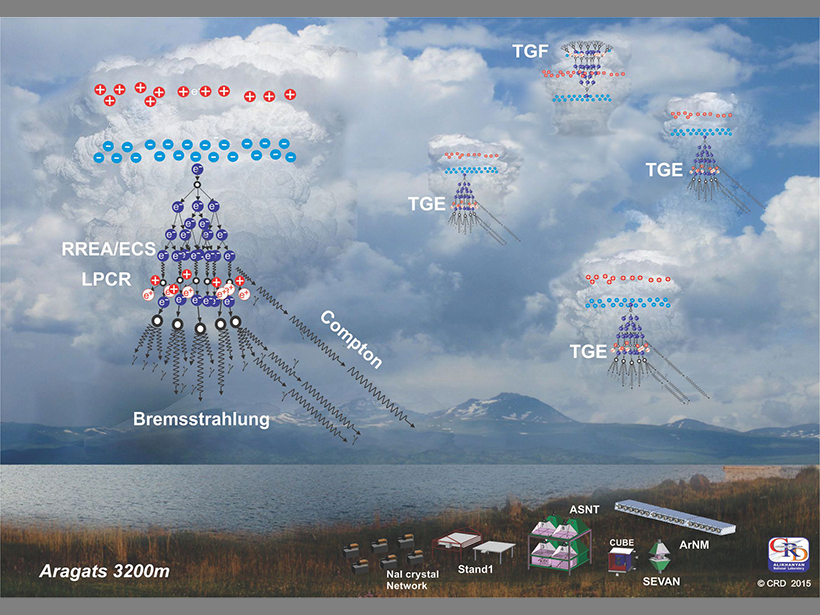A sudden burst of activity from the Sun in early September 2017 caused a wide range of space weather effects at Earth.
X-rays, gamma rays, and neutrinos
Posted inNews
Pharaoh's Iron Dagger Made from a Meteorite, Study Confirms
After examining the metal under bombardment by X-rays, scientists find the composition of King Tutankhamun's knife blade matches "iron of the sky."
Posted inScience Updates
Where Does Lightning Come From?
Thunderstorms and Elementary Particle Acceleration (TEPA-2015); Yerevan, Armenia, 5–9 October 2015
Posted inResearch Spotlights
Gamma Ray Bursts Leave Their Mark in the Low Ionosphere
Scientists use very low and low-frequency radio signals to detect short gamma ray bursts and their impact on the low ionosphere.
Posted inResearch Spotlights
Newly Discovered Properties of Elusive Gamma Ray Flashes
The properties of terrestrial gamma ray flashes have eluded scientists for years. This new study sheds light on how they originate.





